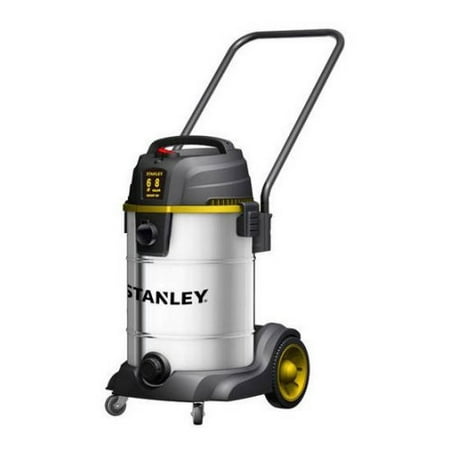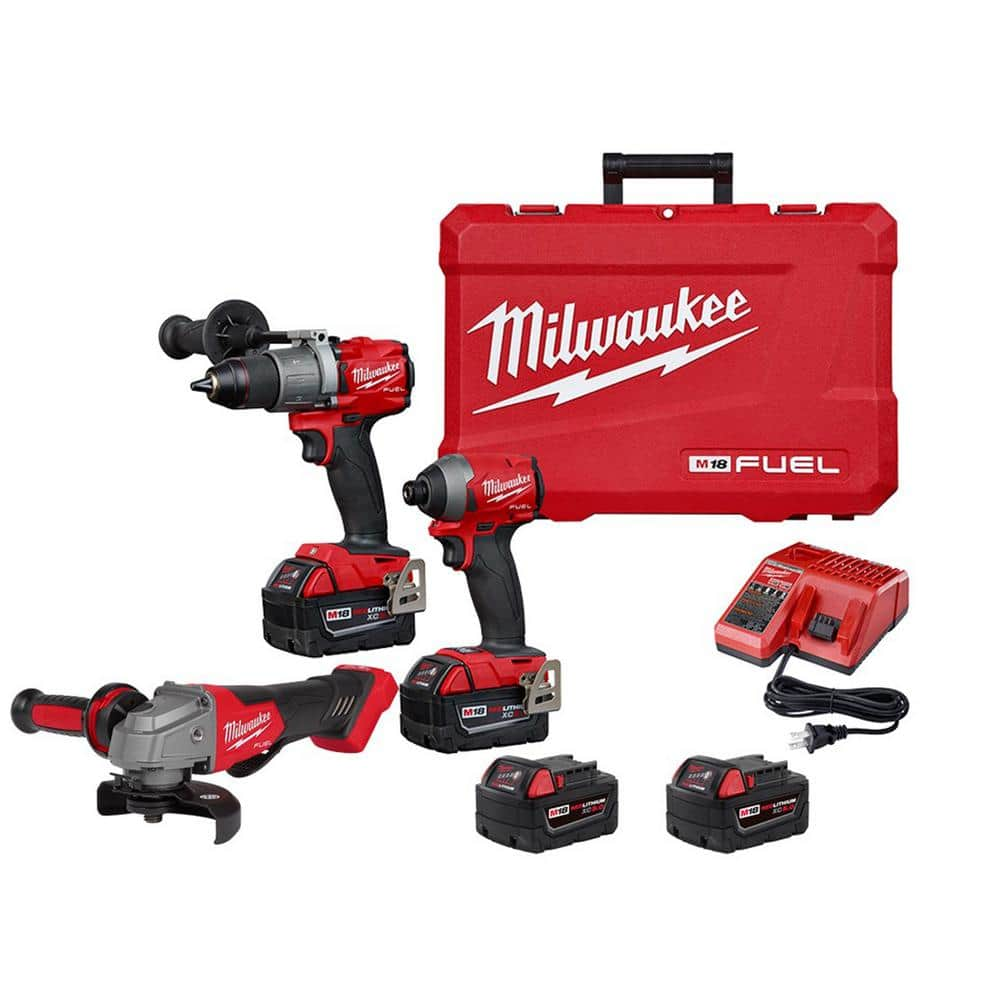Stanley SL18402-8B, 8 Gal. 6.0-Peak HP Stainless Steel Wet Dry Vacuum with Hose Accessories and Tool Storage
The Stanley stainless steel 8 Gallon wet dry vacuum features a powerful heavy-duty motor for industry leading performance, providing maximum suction power for heavy-duty pickup. Great for both wet and dry pickups, this powerful blower port instantly converts the wet dry vacuum into a power blower. It features a strong handle for easy carrying, large on/off switch with water-resistant design for safe and quick access, convenient, built-in power cord wrap, accessory storage casters that keep your tools organized and provide ease of movement in any direction, and a built-in tank drain makes draining easy. Stanley wet dry vacuums provide superior performance in any environment.







Features:6 HP heavy-duty motor providing maximum suction for heavy-duty pickupGreat for both wet and dry cleaning projectsHeavy duty blower port converts the wet dry vacuum into a blowerStrong handles for easy carryingLarge on/off switch with water-resistant designBuilt-in cord wrap and accessory storage keeps tools organizedHeavy duty fixed wheels and swiveling casters make movement easyBuilt-in tank drain makes draining easySpecifications:Capacity: 8 gal.Cord Length: 10 ft.Horsepower: 6.0 HPHose Diameter: 1-7/8 in.Hose Length: 6 ft.Material: Stainless SteelIncludes:6.0 Peak HP 8 Gallon S.S. Wet Dry Vac with Wheels & Heavy Dolly – SL18402-8B8 Gallon Stainless Steel Container10 ft. Power Cord1-7/8 in. x 6 ft. Flexible Hose2 Extension WandsCrevice NozzleUtility NozzleFloor NozzleFoam FilterCloth Filter With Clamp Ring





Reviews
There are no reviews yet.